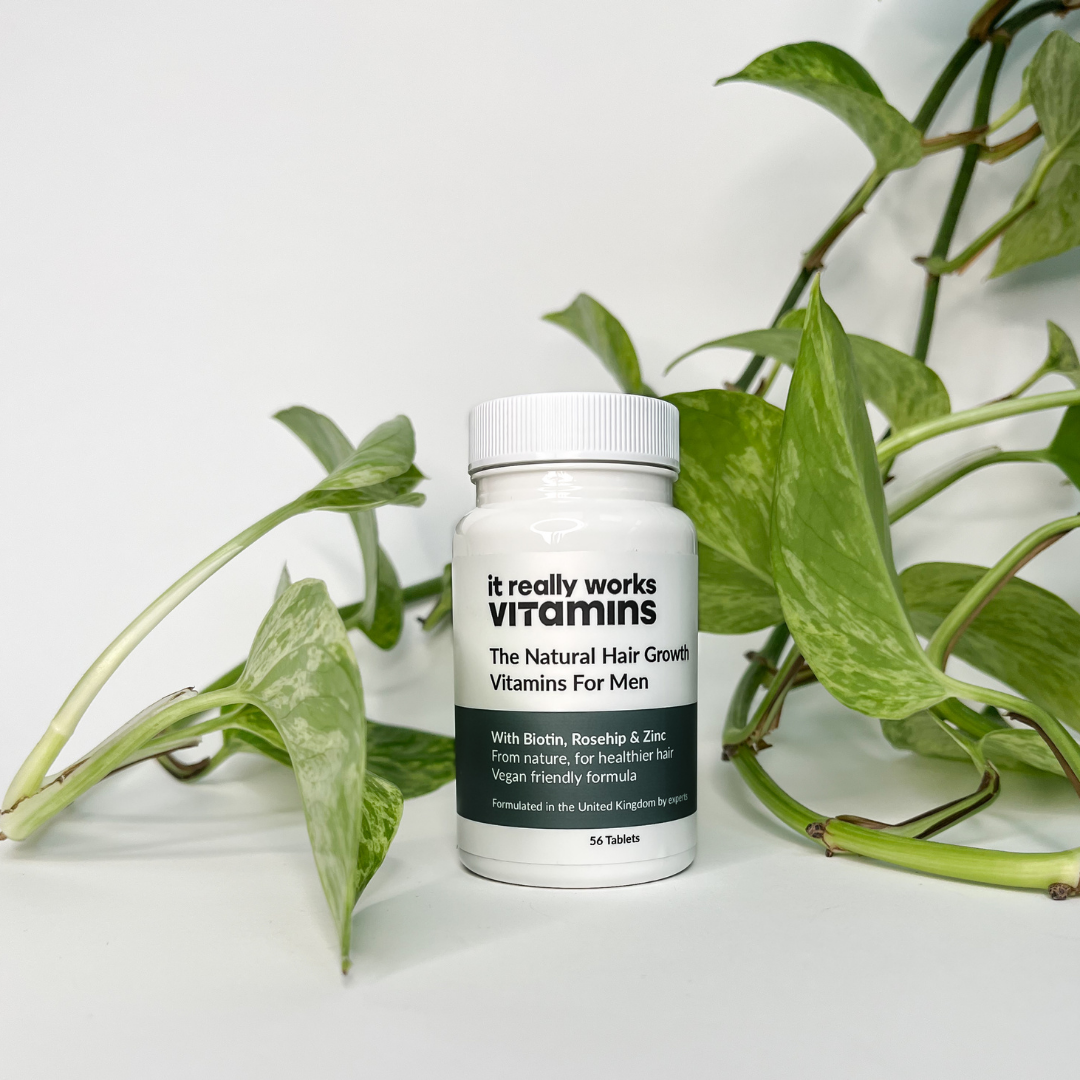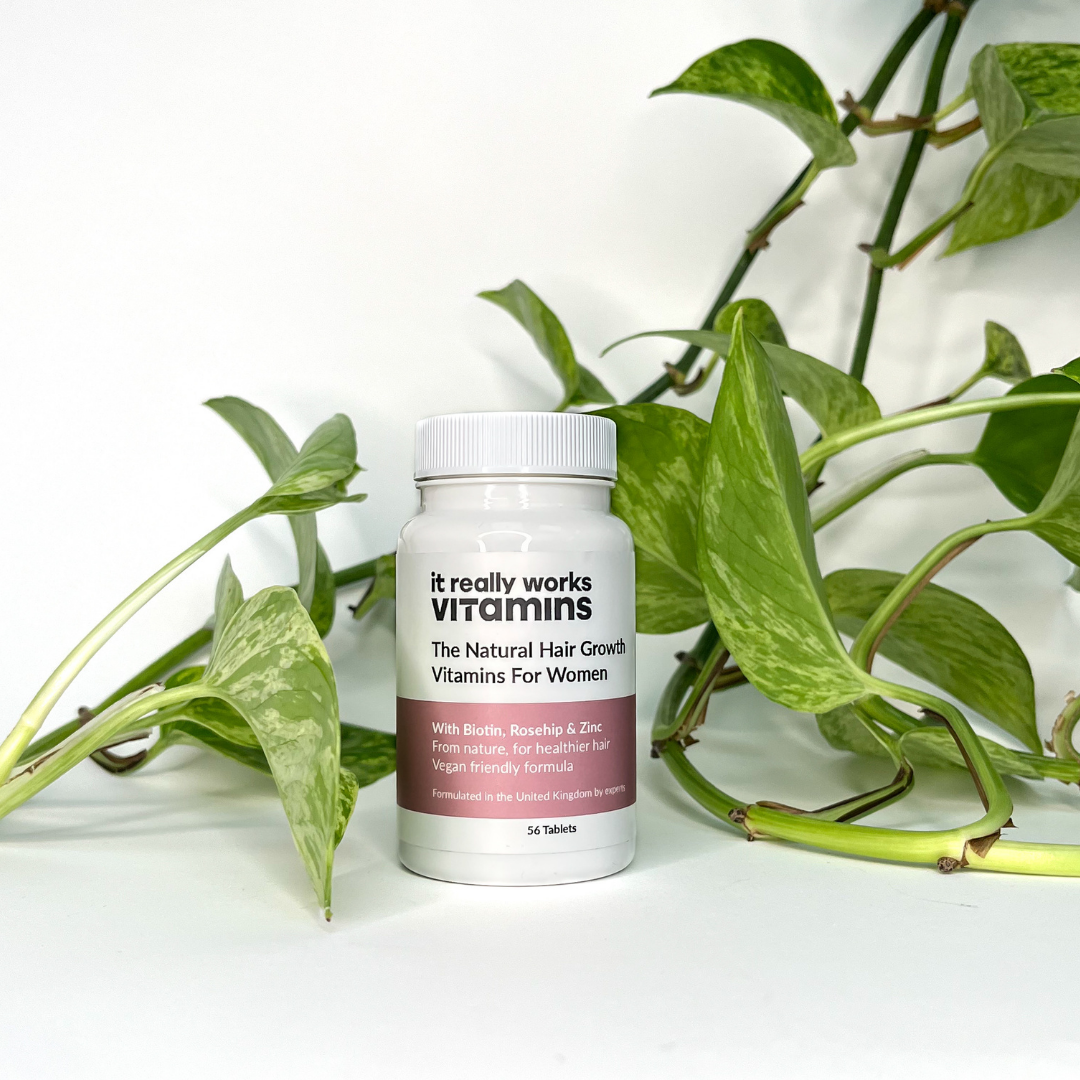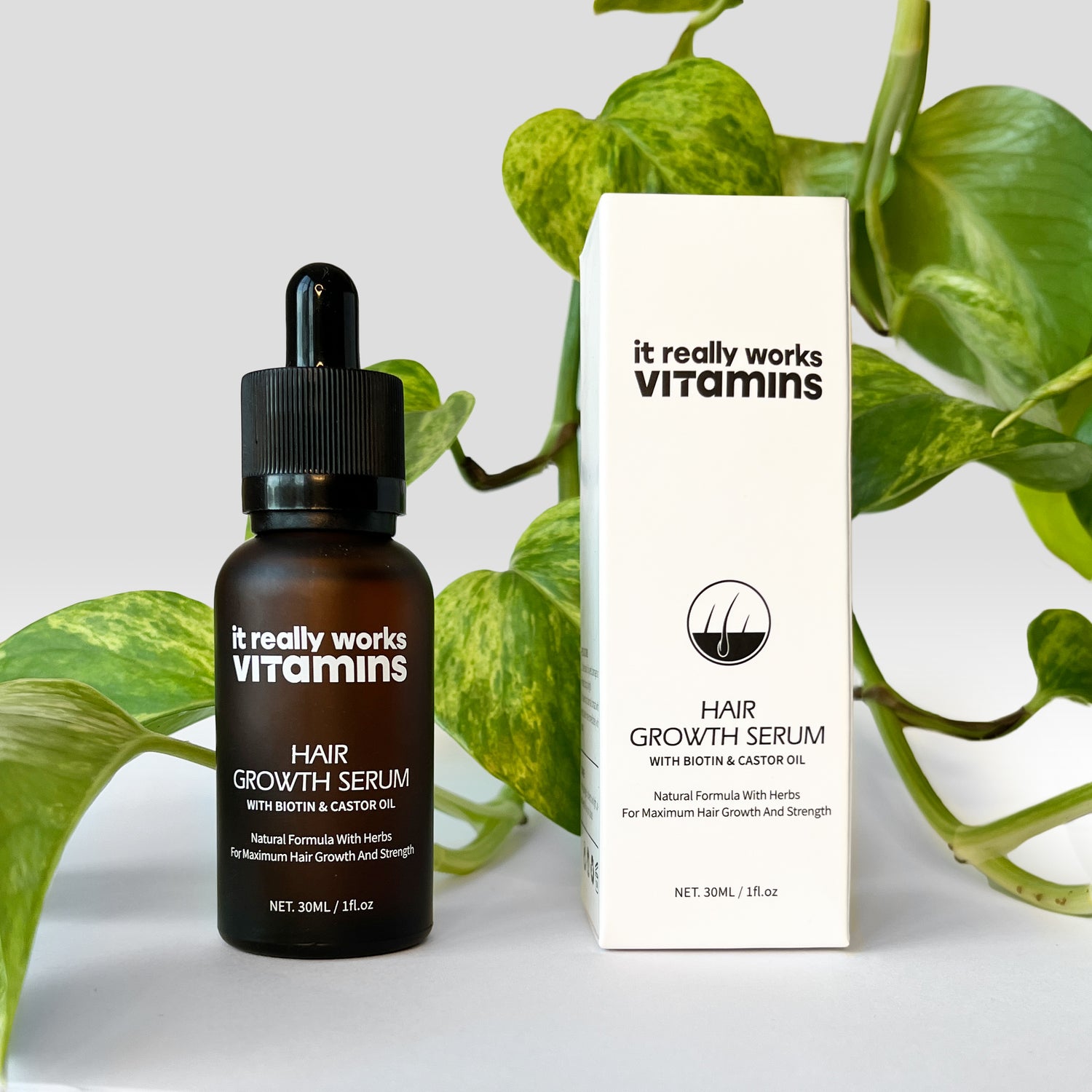
Some people might suit the role of being the silver fox, but you often won’t know until you go grey! To help you avoid having to try it before you find out, we recommend that you look to improve your vitamin and nutritional intake.
It Really Works Vitamins are well known to keep hair healthy, thick and strong, but can hair vitamins actually help you to hang on to your hair colour for just that big longer?
How can vitamins play a role in restoring your hair colour?
The colour of your hair is determined by pigment cells known as melanocytes. They are found within hair follicles and they also produce melanin. When they create melanin, it is stored within your hair and then used to help create the colour of hair that your genetics inform your body of. However, the hands of time will see our hair change colour.
A child with bleach-blonde natural hair may soon find that their hair becomes a darker, more refined brunette as they grow older. This happens as we age, and it does eventually slow down as we continue to grow older.
Eventually, we are left with grey and/or white hair. Can you stop that, though?Sadly, we can never stop our hair going grey in full – it happens to us all.
It usually begins to accelerate as we reach a period in our lives where we take on major responsibilities. For most of us, this would mean around our 30s. By your mid-30s, it’s already taking place.But don't fear! Certain vitamins can actually help. Let's find out which ones:

Vitamin A
Vitamin A indirectly helps to prevent hair turning grey.
in ending early greying of hair. If the hair follicles are weakening, the growth of hair is severely disturbed. Formation of hair lingers, hair splits quite often, and some follicles are so weakened that the hairs are not formed from those follicles. All these conditions may also cause grey hair, which can be efficiently rectified with the help of vitamin A supplement.
Vitamin C and E:
These powerful antioxidant helps to stop free radicals which is widely known to accelerate the age process by causing damage to your tissues, cells and organs. Be aware that Vitamin E is a fat soluble vitamin (It's necessary to flush excess quantities of this vitamin from your body if too much is ingested). Also, do note that boozing eliminates these vitamins from the body and ends up preventing absorption, so go easy.

Folic Acid:
Folic acid is a part of the B complex of vitamins and helps the body to form healthy red blood cells. According to MedlinePlus, a lack of folic acid can result in gray hair so do make sure you're getting enough!
Get thicker hair with It Really Works Vitamins - click here to learn more
Vitamin B6:
Also known as Pyridoxine. this powerful water-soluble vitamin, according to the University of Maryland Medical Center is essential for the healthy growth of hair follicles. Vitamin B6 encourages in optimal blood circulation, promoting cell repair, and increasing immunity of the body. Thus, users of this vitamin can notice a decrease in grey hair and healthy growth of hair on regular use of this vitamin. Great sources of vitamin B6 include chicken and brown rice.

Inositol:
Inositol is one of the three antigrey-hair B group vitamins, the other two being pantothenic acid and para-aminobenzoic acid (PABA).
Examine.com points out that a liberal intake of inositol of up to 2,000 mg, along with 10 mg of pantothenic acid, and 100 mg of PABA, often changes grey hair back to its normal colour
As you can see each of these vitamins all play some role in making sure that you can begin to overcome your greying hair. While you can never stop your hair from going grey, eating and living right will always help to reduce the rate in which your hair greys out.
Keep that in mind, then, as you start picking up vitamin supplements: the more of the above vitamins you can get, the better!




